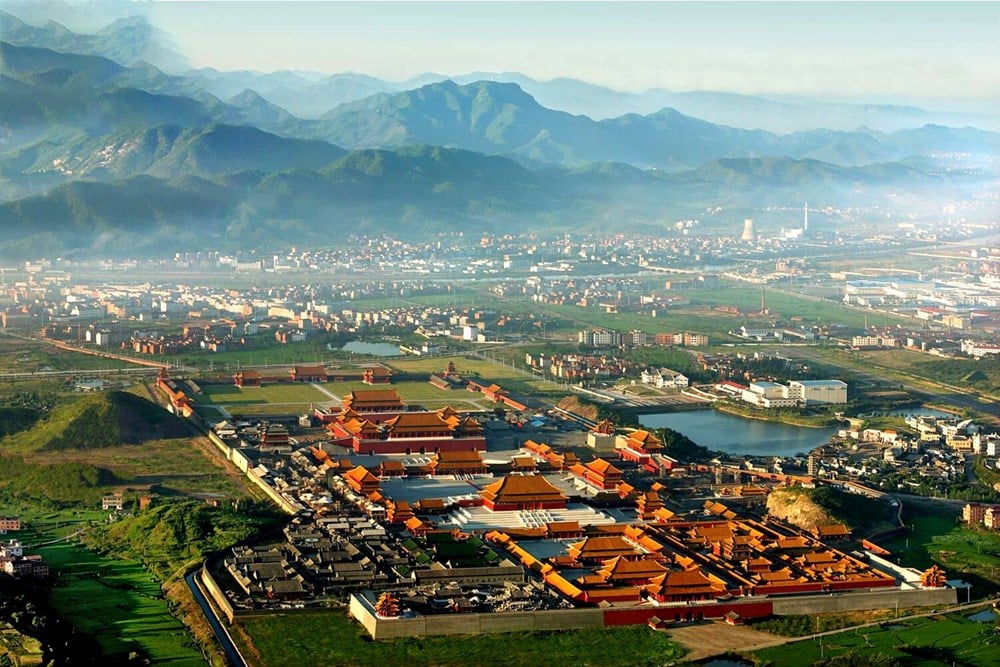
Behind this impressive number is an entire creative cultural ecosystem that is constantly innovating, integrating technology and spreading its influence globally.
Strong growth from "locomotive" sectors
According to data from the National Bureau of Statistics of China (NBS), the four sectors with outstanding revenue growth rates in 2024 include: Cultural equipment manufacturing: up 11.2%; News and information services: up 8.6%; Content creation: up 8.4%; Creative design services: up 7.2%.
These figures reflect a strong shift from the traditional cultural industry to the digital content and high-tech integrated design industry, where creativity is digitized, personalized and globalized.
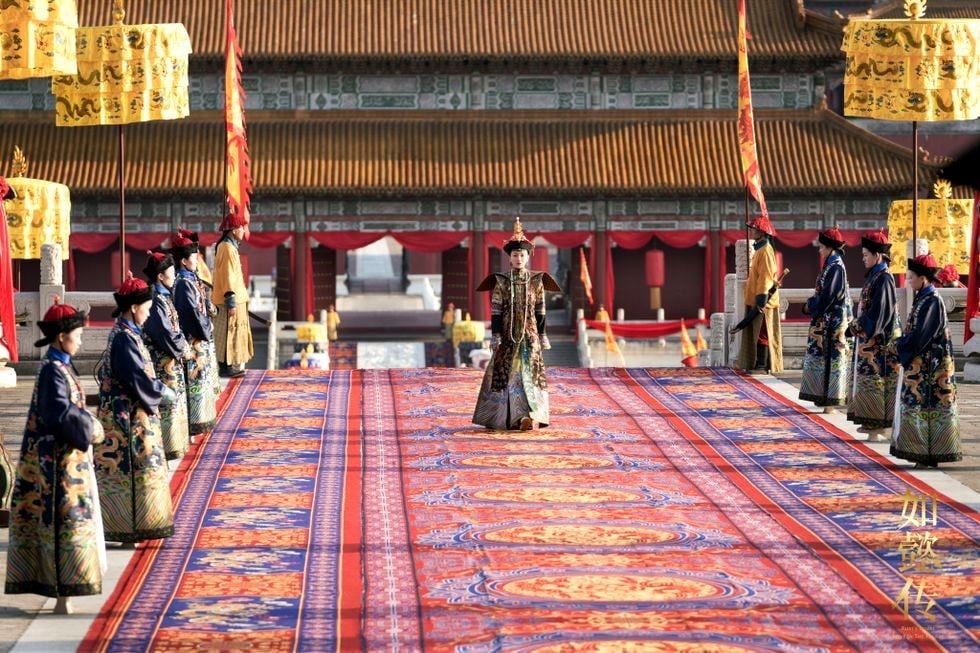
Outstanding examples of China's cultural industries
China has a strong film industry and owns huge film studios, from Hengdian to Xiangshan.
China is currently the country that owns many of the world's largest film studio clusters, of which Hengdian World Studios in Zhejiang province stands out as a national symbol of the film - television industry and cultural tourism.
Dubbed the “Hollywood of China”, Hengdian is not only the largest film studio in Asia but also a unique economic and cultural model, closely combining film production, tourism experiences and historical education.
With an area of over 330 hectares, Hengdian includes over 30 ancient and modern film sets that have been meticulously restored such as: Forbidden City, Tang Dynasty Yangzhou, Hong Kong Street in the 1930s, Ming - Qing Dynasty palace, ancient imperial examination school...
This is the filming location for hundreds of famous films every year, from ancient costumes such as: Ruyi's Royal Love in the Palace, 12 Hours of Chang'an, The Glory of the Tang Dynasty to modern works such as: The Lighter and the Princess Dress, Forensic Doctor Qin Ming .
Notably, in 2024, Hengdian World Studios welcomed over 22 million tourists, becoming one of the most popular destinations in Eastern China. It currently has more than 180,000 direct and indirect workers, from extras, tour guides, technical staff to satellite services such as hotels, restaurants, costume shops, etc.
More than just a content production center, Hengdian is also a vibrant movie park where visitors can transform into historical characters, visit behind-the-scenes filming locations, experience “filming” on location, or learn history through interactive shows.
The integrated model of film production - tourism - experiential education has helped Hengdian achieve combined revenue of billions of yuan each year, proving the effectiveness of developing the cultural industry as an ecosystem capable of self-operating, generating profits and spreading cultural values to the masses.
This is a typical example of the integrated model between cinema, tourism and historical experiential education, where the film studio is not only a content production tool but also becomes an independent revenue-generating tourism product.
Besides, Tuong Son film studio, the "ancient capital" of China's film and tourism industry, is also a typical example of China's cultural industry.
Located on the east coast of Zhejiang Province, Xiangshan Film and Television City is located in Xinqiao Town, Xiangshan District, Ningbo City, and is known as the "living ancient city" of modern Chinese cinema.
This is not only an ideal filming location for a series of blockbuster television series, but also a cultural and tourism industry center with strong influence in the region.
Construction began in 2005 and Tuong Son Film Studio now covers a total area of nearly 4 million square meters, with 5 main filming areas vividly recreating prominent dynasties and architectural spaces in Chinese history such as: Song Dynasty Street, Tang Dynasty Palace, Ming and Qing Dynasty riverside town, miniature Forbidden City, to the magical settings of the fairy world, swordplay and folk legends.
This place has become the filming location of hundreds of blockbusters such as: The Return of the Condor Heroes, Chinese Paladin 3, The Legend of Xuan Yuan Sword - The Silver of Heaven, Lang Ya Bang, Legend of Mi Yue, The Crown Princess' Promotion Record, Eternal Love: Ten Miles of Peach Blossoms, Song of Fire, Legend of the Condor Heroes...
The combination of large-scale ancient architecture, rich natural landscape (located in the Cang Duong Cang eco-tourism area with coastal forests, hills, waterfalls, artificial lakes...) and a synchronous system of tourism services and hotels has helped Tuong Son go beyond the role of a mere film studio, becoming a national-level film and tourism center.
Since 2012, Xiangshan Film Studio has been officially recognized as a national 4A-level tourist area, ranked prestigiously in China's destination rating system.
Every year, this place welcomes over 8 million tourists, including millions of visitors who come to visit the film studio, transform into ancient characters, experience behind-the-scenes filming and participate in cultural interactive activities.
In addition, this area is also a destination for film culture festivals, content creation workshops, and filming and editing training programs, attracting a large number of directors, producers, and art students from all over.
Xiangshan Film Studio is currently part of the East China Cultural Industrial Belt development plan, promoted by the Ningbo government of Zhejiang province, to combine three pillars: Cinema - tourism - digital content creation.
The Xiangshan County Government also prioritizes the development of supporting industries such as digital post-production, traditional costumes, stage arts, and interactive design to create a closed cultural industrial ecosystem.
The remarkable development of Xiangshan, from a little-known coastal area to the "second ancient capital" next to Hengdian, is a clear demonstration of a methodical investment strategy, multi-industry integration and promotion of cultural tourism experiences.
These are models that Vietnam can completely refer to in order to build digital film studios - tourism - creative areas associated with its own cultural identity, thereby developing the cultural industry into a spearhead economic sector.
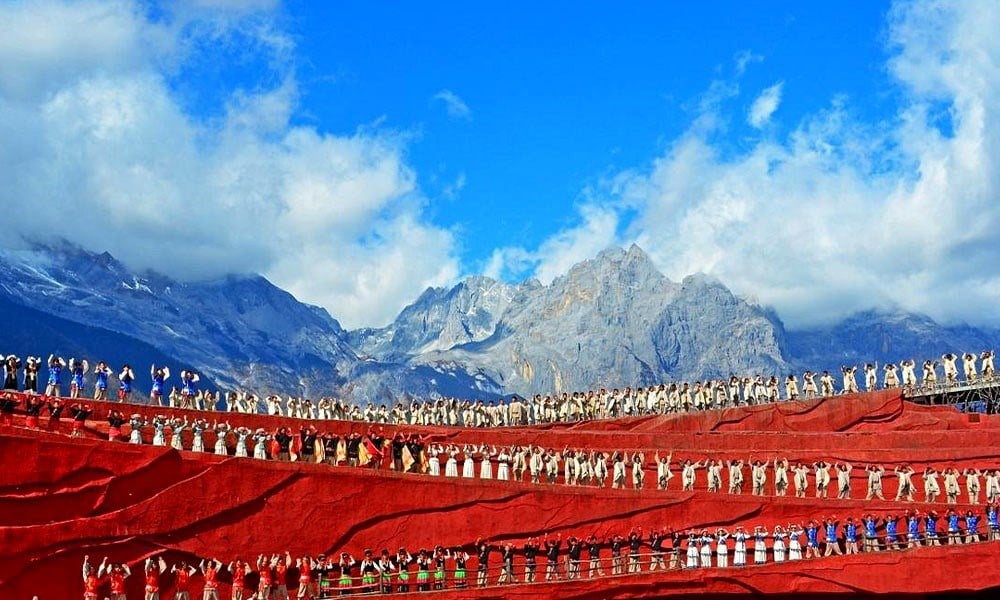
A breathtaking blend of technology, culture and travel
Under the skillful hands of director, "wizard" Zhang Yimou - one of the pinnacle symbols of Chinese cinema and visual arts, the live performance model is not simply a magnificent outdoor stage but has grown into a large-scale economic and cultural machine, playing the role of "locomotive" for the cultural industry of the country of a billion people.
Since the early 2000s, Zhang Yimou has pioneered the concept of "real-life theater" into reality with famous works such as: Impression Liu Sanjie in Guilin; Songcheng's Love in Hangzhou; Impression West Lake in Hangzhou , Impression Lijiang ...
Impression Liu Sanjie is a water play with the poetic Li River and the limestone mountains typical of Guangxi as its backdrop. It can accommodate up to 2,000 spectators each night, performing more than 300 shows each year, attracting millions of domestic and foreign visitors.
Songcheng Tiangu Jing recreates the history and legends of the Southern Song Dynasty with a multi-layered stage complex, a cast of up to 500 people, using more than 1,000 handmade costumes, combined with surround sound technology and laser lighting.
The performances are no longer mere entertainment products but become multi-layered works of art, combining traditional music, cinematic images, dance performances, rotating stages, virtual reality (AR) techniques, and synchronized drones, creating a storytelling space as deep, moving, and vivid as history itself.
The economic and social impact of these programs is impressive. Ticket prices range from 300 to 800 yuan, with some VIP tickets going for up to 1,200 yuan, but they are always fully booked during the tourist season.
The shows not only generate direct revenue from ticket sales, but also generate a series of satellite service chains: restaurants, hotels, transportation, and retail of cultural products.
Some localities such as Guilin and Xi'an have recorded tourism revenue increasing by more than 20% each year since the live shows were launched, while creating thousands of stable jobs for local people, including amateur artists, craftsmen, and farmers trained as extras.
In particular, Zhang Yimou's live performance model has also become part of the strategy of building a "local cultural brand", helping Guilin become famous around the world not only for its natural scenery but also as a place to preserve and retell the legend of Liu Sanjie in contemporary theatrical language.
With the integration of visual arts, modern stage technology and indigenous cultural identity, the live performance model initiated by Zhang Yimou has become a typical model for “performance tourism” - an emerging industry with strong appeal to global audiences and great potential in culturally developing countries like Vietnam.
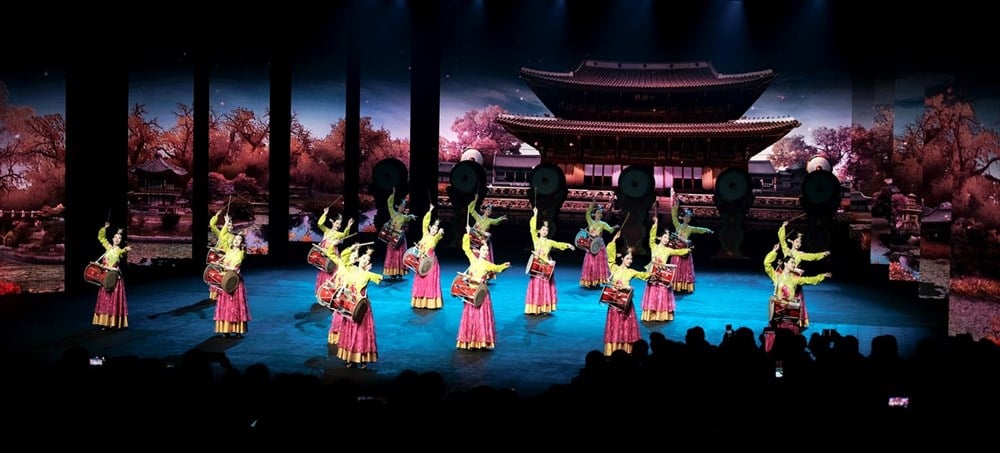
Music and the trend of "domestic coverage"
The explosion of platforms such as QQ Music, NetEase Cloud Music, Bilibili... has created conditions for independent Chinese artists to develop beyond the limits of the traditional market.
The major 2024 tours of Truong Thieu Ham, Hua Dong, Tan Hao... are constantly selling out in second-tier cities such as: Zhengzhou, Kunming, Wuhan... showing the shift of cultural consumption centers from Bac - Thuong - Quang to inland areas.
China is at the forefront of the trend of livestreaming concerts, virtual idols, and multi-platform reality TV shows. In 2024, the revenue from the cultural livestreaming industry is estimated to reach more than 500 billion yuan, with the online arts education sector alone attracting more than 120 million regular users.
Strong "sponsorship" policy from the State
It is impossible not to mention the role of the Chinese government as a "launching pad". Since 2021, this country has established the Cultural Industry as one of the seven national strategic spearhead industries, supported by both public finance and special incentives on land and taxes.
In 2024, 162.5 billion yuan was invested exclusively in research and development (R&D) by large-scale cultural enterprises, showing a shift from traditional exploitation to innovation and digital technology.
In particular, local authorities such as Beijing, Shanghai, Chengdu... have formed a "cultural creative belt" with specially planned cultural industrial clusters, integrating training centers, creative workshops, performance spaces, film studios, interactive museums...
China's cultural industry is not only growing rapidly, but also contributing to the creation of a soft, creative and modern national image.
Source: https://baovanhoa.vn/van-hoa/cong-nghiep-van-hoa-trung-quoc-dat-doanh-thu-ky-luc-nam-2024-147463.html


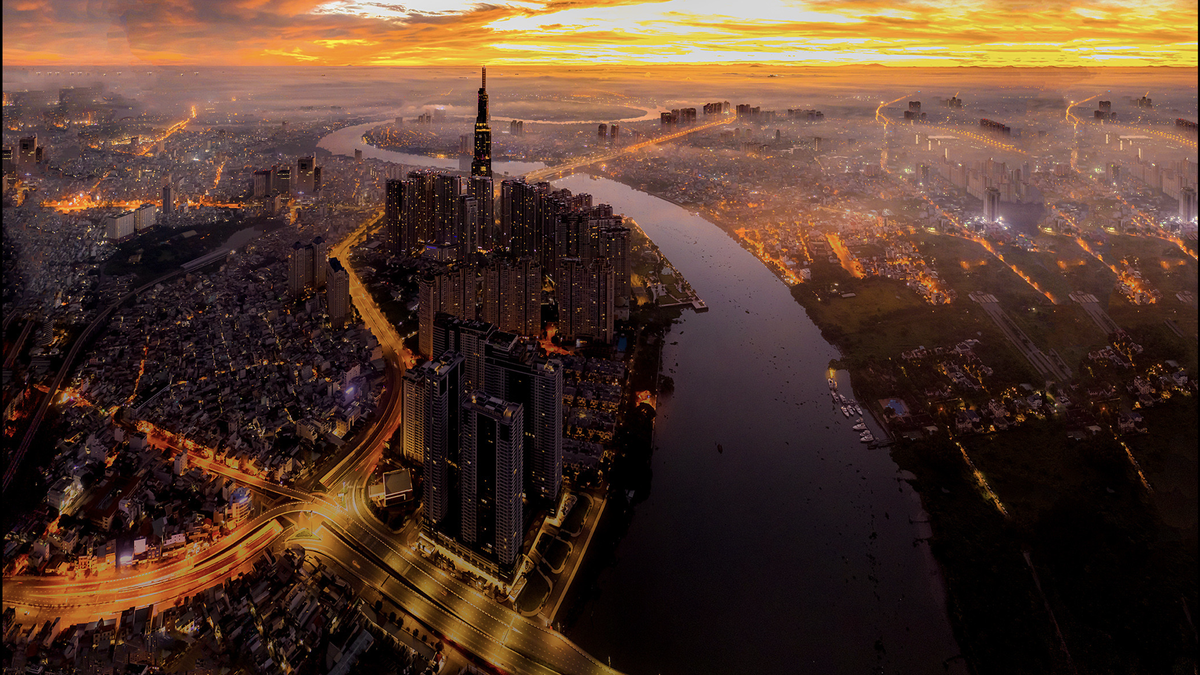
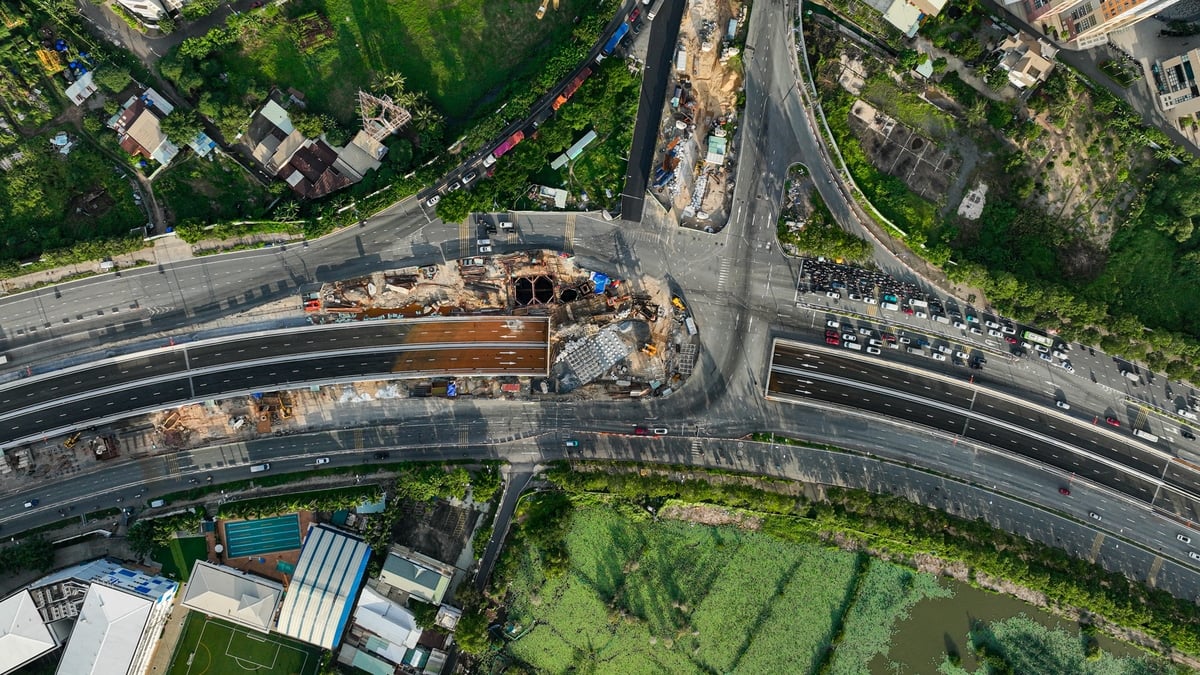

![[Photo] National Assembly Chairman visits Vi Thuy Commune Public Administration Service Center](https://vphoto.vietnam.vn/thumb/1200x675/vietnam/resource/IMAGE/2025/7/1/d170a5e8cb374ebcae8bf6f7047372b9)

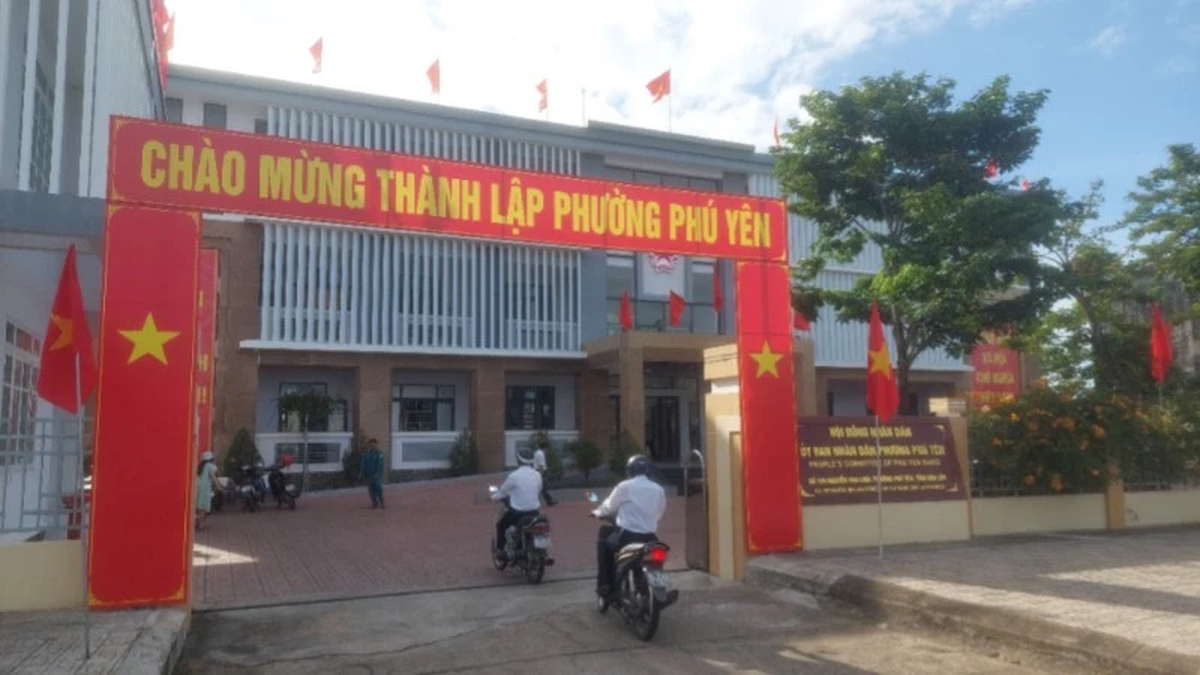










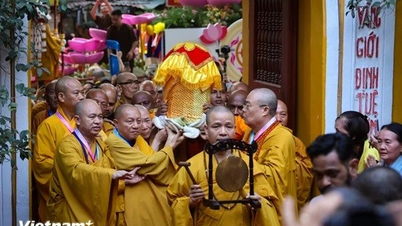


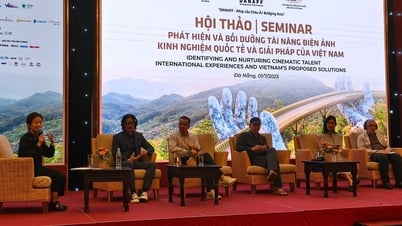

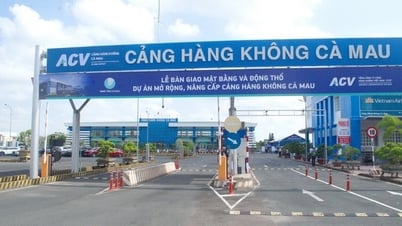

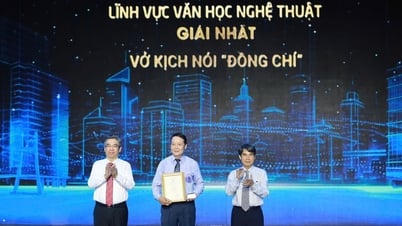












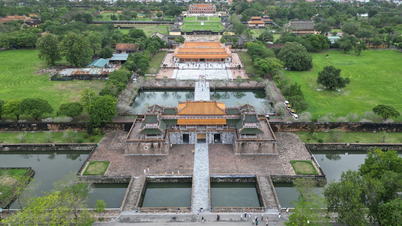
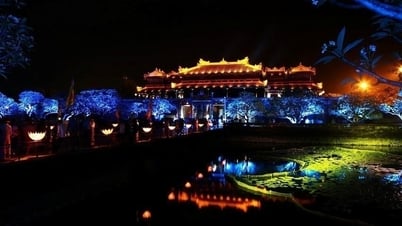
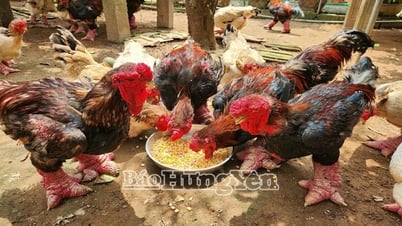

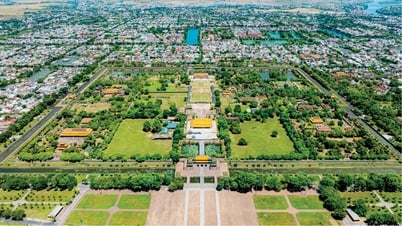


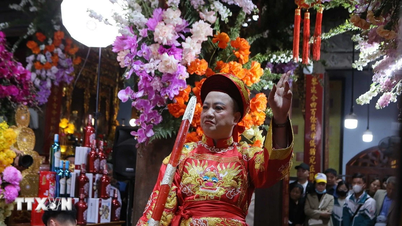
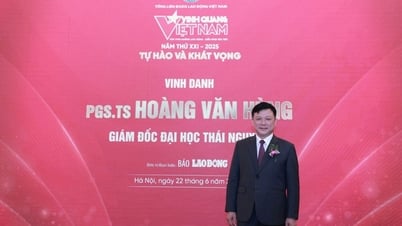













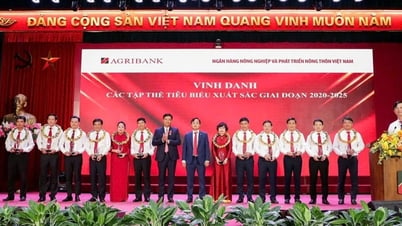


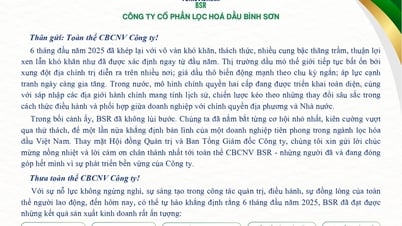
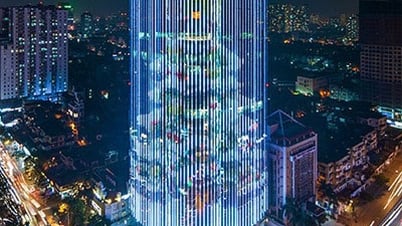






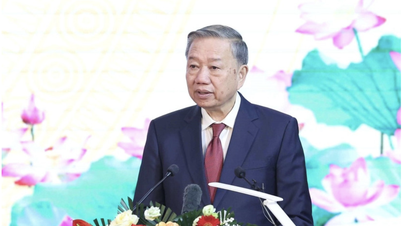

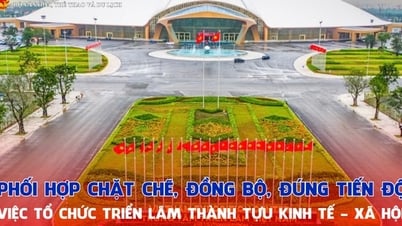


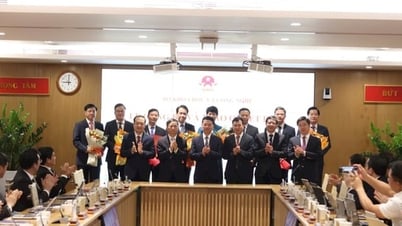


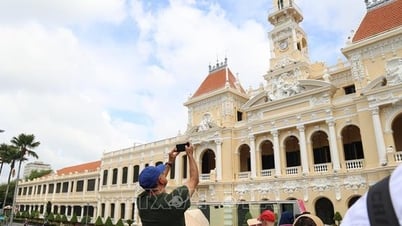

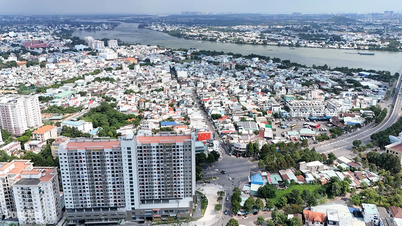



















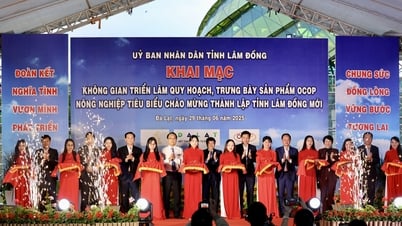


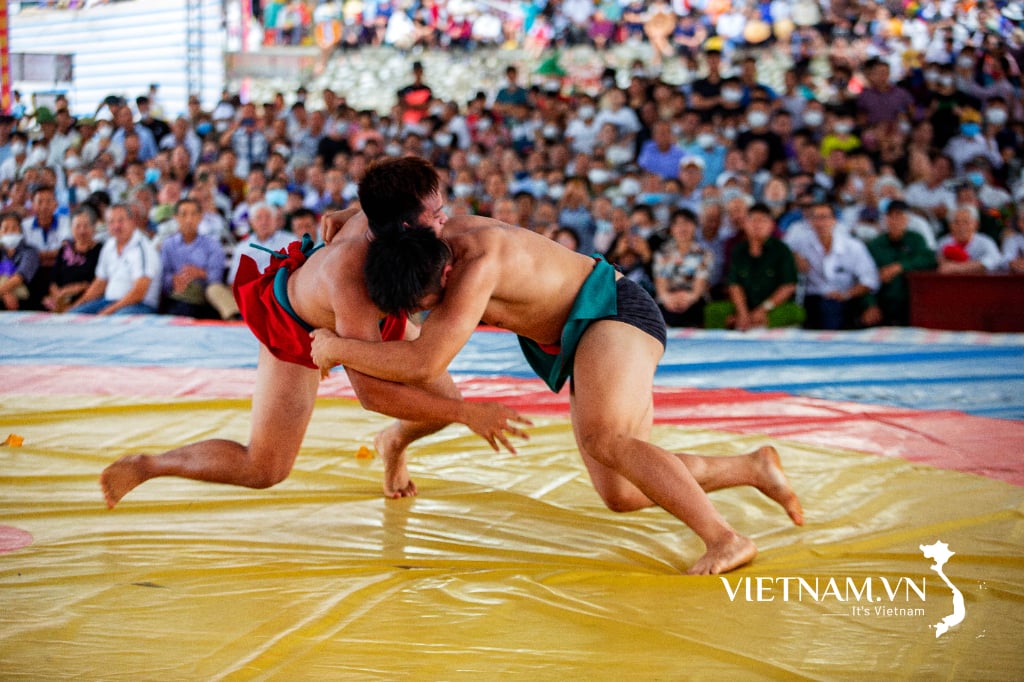
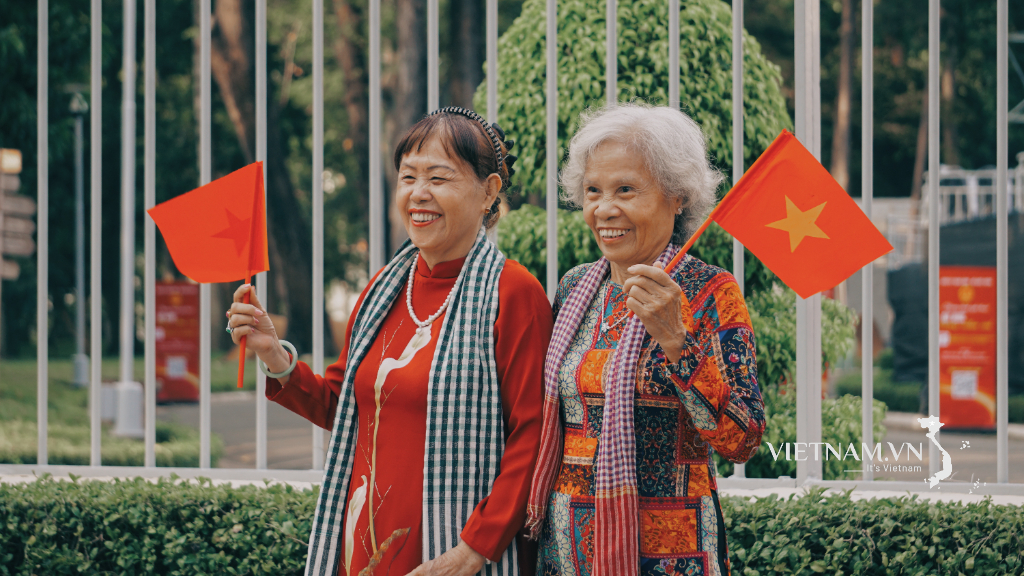

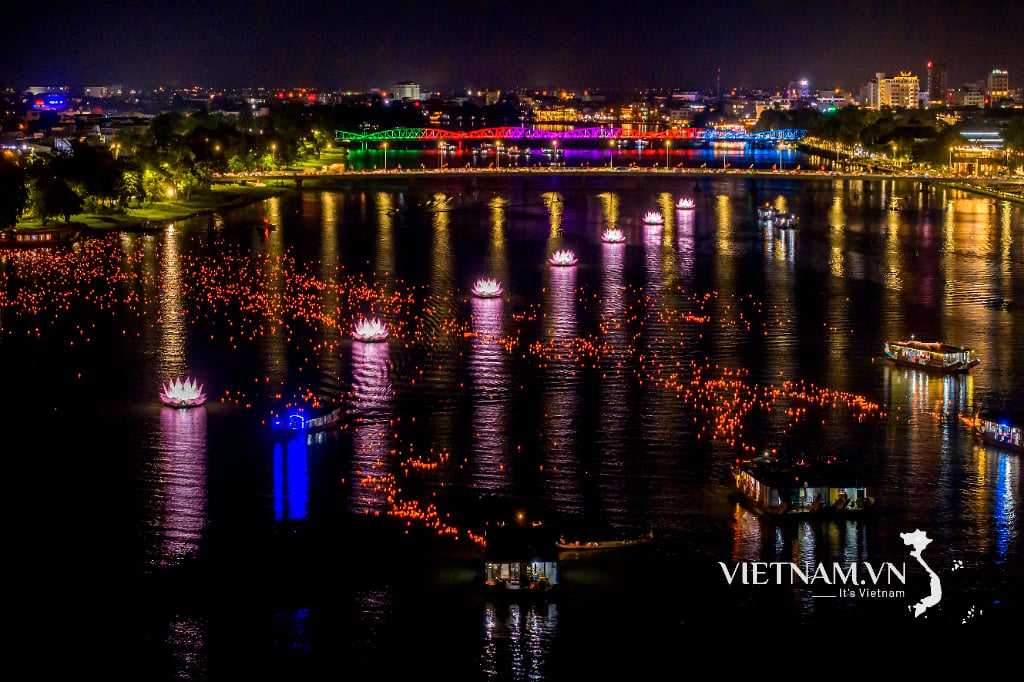
Comment (0)